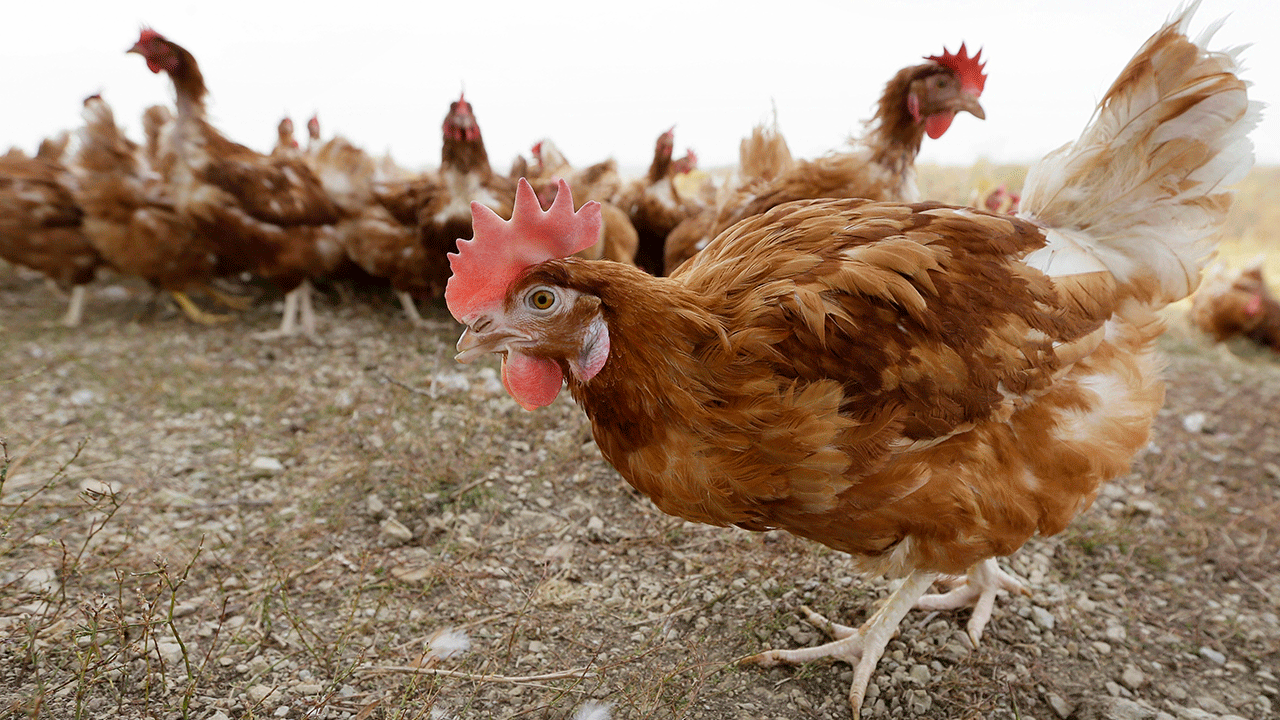During a decade of American disillusionment, a series of films, from Seconds to What Ever Happened to Baby Jane, represented a culture cracking up
In assembling a slate of films, a programming team or other curatorial body will often be made to answer the question of why now, what relevance old art has to the current moment. In the case of the Criterion Channel’s new series Hollywood Crack-Up: The Decade American Cinema Lost Its Mind, a sampling of arthouse hysteria from across the 60s, the argument all but makes itself. These bursts of celluloid madness come from a not-so-remote time when governmental credibility had hit an all-time low and the culture-war rift yawned wider than ever; when the disillusionment of a mistreated youth generation exploded into student protests against an overseas war colored by unsavory political imperatives; when ascendant minority groups demanded rights and dignity in the face of high-boil prejudice; when a terrified old guard felt that everything they could once take for granted had been upended and replaced by unfamiliar, strange, anti-authoritarian new normals. Calamity was in the air. Surely, somehow, we can find it in ourselves to relate.
The 16 fever dreams of delusion, brainwashing, public violence and other forms of deviant psychology – all with expressionistic, delirious aesthetics to match – offer variations on the theme of anxiety, a many-tendriled morass of unease oriented most centrally around the shifting balance of power. John Frankenheimer’s sci-fi classic Seconds (a crucial influence on Mad Men, which stands as a post-facto parallel curriculum to this one) sees the conflict as age-based, through the parable of a working stiff who reinvents himself with a strapping full-body transplant and insinuates himself among the countercultural enclave out west. But like so many white-collar malcontents hitting reset on their lives with a new home and younger wife, the suburban clock-puncher torpedoing his marriage in Faces being another, he finds that the same existential dissatisfactions follow him no matter where he goes. Who’s Afraid of Virginia Woolf? charts an equally bleak path forking out from middle-aged malaise, the choice not to divorce curdling into rafter-shaking enmity between a couple that gives human form to the deterioration of Family Values.





